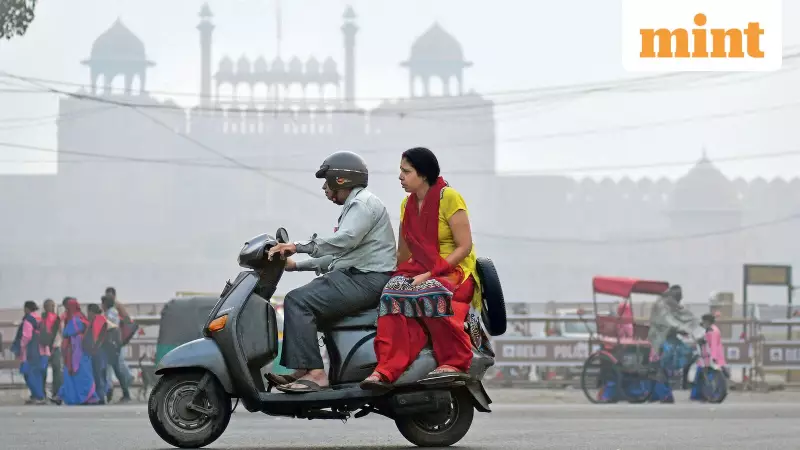
Delhi's worsening air pollution crisis is forcing residents to make drastic lifestyle changes, with many now choosing to relocate entirely to escape the capital's toxic atmosphere. The alarming trend gained attention after a social media user's journey from Delhi's hazardous air to cleaner environments went viral online.
The Viral Escape Story
Naman Jain, a Delhi resident who recently left the city, documented his transition through social media posts that quickly captured public attention. His journey began with a simple airport photograph captioned 'Bye Delhi', marking his departure from the city where air quality indices had consistently registered around 400.
In a subsequent post that gained significant traction on platform X, Jain shared an image of Singapore's skyline with the telling message: "Hello Singapore, my lungs are definitely not ready for this 400 -> 40 AQI transition." The dramatic improvement from Delhi's severely polluted air to Singapore's clean atmosphere resonated with thousands of social media users.
Jain continued sharing his air quality journey, posting later from Sydney with a room-side view of the iconic Sydney Opera House and captioning it: "Hello Sydney, this has to be one of the best views so far."
Delhi's Persistent Pollution Crisis
Meanwhile, back in the national capital, the air quality situation remains critical. Despite the implementation of GRAP-III (Graded Response Action Plan) measures, which include banning BS-III petrol and BS-IV diesel four-wheelers, Delhi's air quality index continues to hover in the 'very poor' category at 359.
The city remains blanketed under a thick layer of smog with no immediate relief in sight. Weather forecasts indicate no possibility of rain for the next six days, meaning the hazardous smog conditions are likely to persist.
Monitoring Stations Paint Grim Picture
Data from the CPCB's Sameer app reveals the extent of the pollution problem across Delhi. Six air quality monitoring stations recorded AQI levels in the 'severe' category, with Bawana reporting the worst air quality readings.
While NSIT Dwarka, Lodhi Road, and Dilshad Garden monitoring stations showed relatively better levels falling in the 'poor' range, the majority of stations recorded readings between 301 and 400, placing them firmly in the 'very poor' category according to CPCB standards.
The pollution situation has become so severe that schools in Delhi-NCR have shifted primary classes to hybrid mode since pollution levels entered the 'severe' range last week. This educational disruption underscores the broader impact of the air quality crisis on daily life in the capital region.





